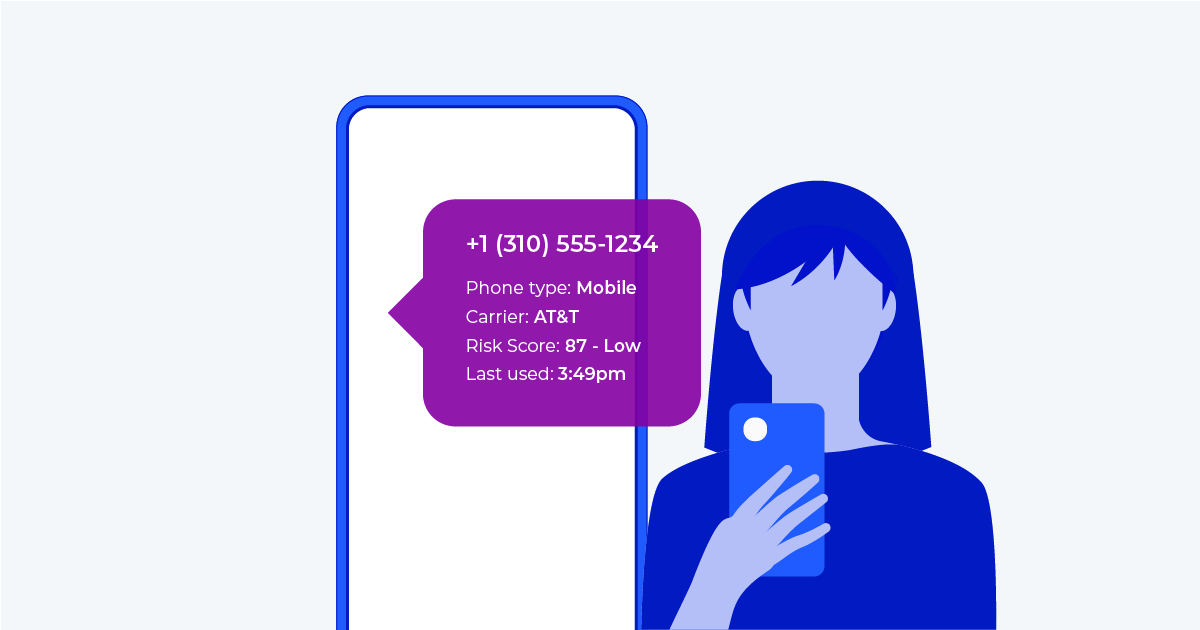
Some things have become so ingrained as truth that it’s a real shock when we find out they’ve changed and become untrue (or were never true to begin with). From figuring out the Earth was round, to learning that George Washington didn’t actually have wooden teeth to this: younger people are extremely susceptible to fraud.
When it comes to digital fraud, it’s not only the elderly who are bearing the brunt of scams. Instead, people in a younger demographic are at risk.
Telesign’s recent Trust Index Report detailed various types of digital fraud and its consequences, and some new demographic information about cybercrime has come to light.
The Trust Index Report’s new findings on fraud demographics
Statistics from Telesign’s new Trust Index report shed light on the digital fraud landscape, namely the shifting demographics of consumers who experience fraud.
The stereotype of elderly folks answering the phone and whipping out a credit card is how many envision fraud. The new Trust Index Report shows these perceptions are outdated, moving from the most vulnerable to the most available. Gen X and Millennials now do their grocery shopping, dating, and travel-booking online. Because of this digital transformation, these age groups are prime targets for fraudulent schemes.
Who’s most vulnerable?
Though the shift in fraud demographics may be surprising, once you analyze the usage patterns of people between the ages of 18-34, it makes more sense. They spend 4x as much time online as older generations, and this increased frequency leaves them more vulnerable.
People who land in the age groups 18-34 and 35-52 spend more than three hours/day online, making them bigger targets for cybercrime.
The report also uncovered that 46% of digital fraud victims are between the ages of 25-44. On top of that, Millennials are 4x more likely to be defrauded than people aged 65 and older. This all boils down to one common denominator: that doing more online transactions, having greater exposure to digital apps, and other online interactions, greatly increases the risk of fraud.
And even more interesting was the statistic that having a child in a household nearly doubles the likelihood of being a fraud victim. There are a few things to explore here. One, it’s possible that the child directly contributes to this statistic, as a user of digital services themselves. However, another thing to consider is that the parent or guardian may be more vulnerable to fraud if they share too much information about their child.
The new demographics: The increase of women experiencing fraud
And the demographic discrepancy isn’t exclusive to age. The report found that 66% of female respondents were victims of digital fraud, compared to 34% for males.
Women are more likely to be targeted by fraudsters than men, particularly when it comes to things like identity theft. When you combine this with a recent increase in digital usage by women, including in tech fields, the fraudsters have a larger target to go after.
So what types of fraud is the Millennial demographic facing? The report shows that 20% of Millennial fraud victims experienced account hacking, while 14% experienced phishing scams.
Why the demographic shift in fraud from the elderly to Millennials?
The reason digital fraud is hammering Millennials is simple: they are more likely to put more of their lives online than some previous generations. In a sense, fraud victims are no longer simply the group who is most vulnerable, but rather the group that is the most available.
The new research in the report shows that higher exposure to digital services increases the chances of becoming a victim of fraud. 56% of recent people experiencing fraud reported using 6+ digital services.
Next steps
The report’s findings are crucial, highlighting the need for companies to protect their customers, who could be more vulnerable to fraud than previously thought. The Telesign Trust Index urges businesses to use the latest technologies available to keep their customers safe from the emerging trends of fraud.
To learn more about how to establish Continuous Trust™ with your customers, read the Telesign Trust Index here.



